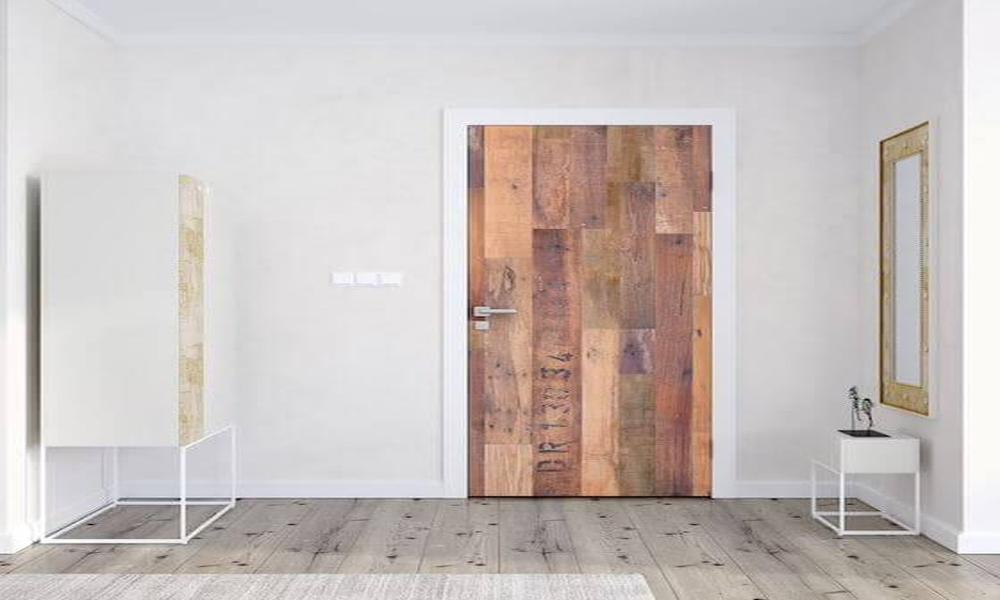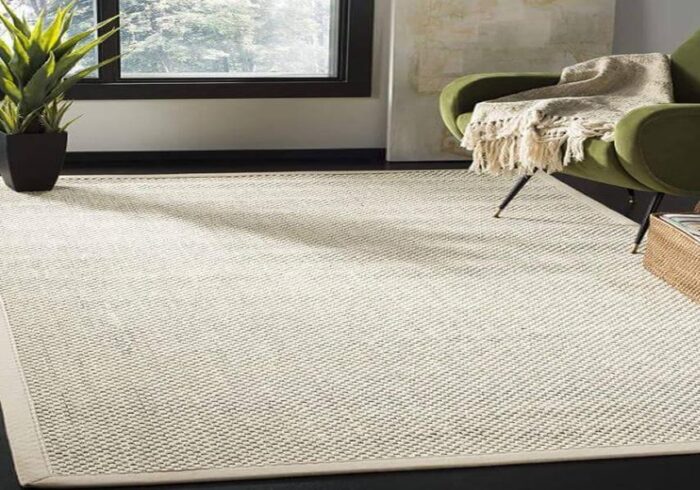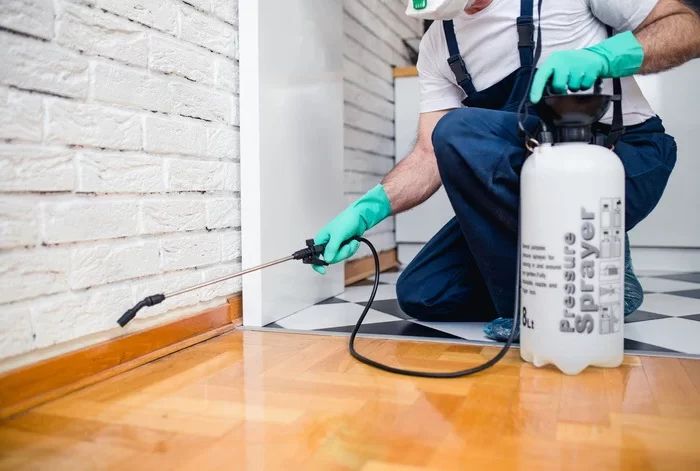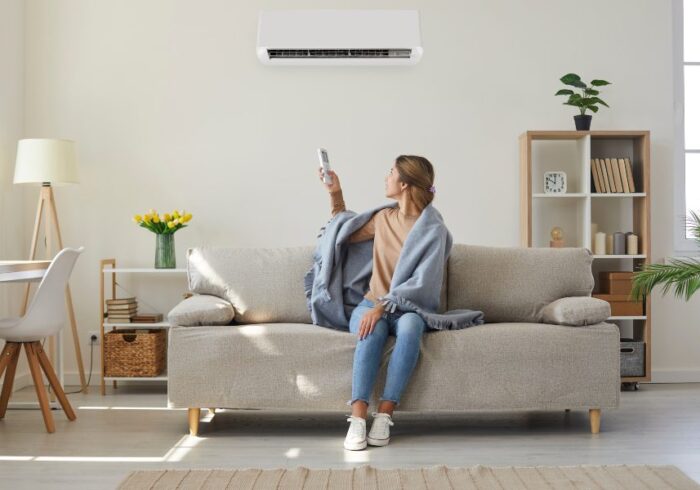Doors are an essential part of any building, be it a residential or commercial space. They offer security, privacy, and a barrier against unwanted elements. However, even the strongest of doors can be susceptible to wear and tear over time. One of the most common issues that doors face is warping.
Door warping is a term used to describe the deformation of a door, where it becomes bent or twisted out of its original shape. This can occur due to various factors such as changes in temperature, humidity, and moisture levels. The most common cause of door warping is changes in humidity levels. When the air is humid, the moisture in the air can cause the door to absorb excess moisture, making it expand. On the other hand, when the air is dry, the door can lose moisture, causing it to shrink. These changes can lead to the door warping or twisting out of shape.
Door wrapping can be a significant problem if left untreated. A warped door can make it difficult to open and close, which can be frustrating and even dangerous in case of an emergency. It can also affect the door’s ability to provide adequate insulation and security, leaving your property vulnerable to intruders, pests, and the elements. In extreme cases, a warped door may need to be replaced altogether, which can be an expensive and time-consuming process.
Preventing door wrapping
- To prevent door warping, it is essential to understand the factors that contribute to it. The most significant factor is humidity levels. To minimize the risk of warping, it is important to maintain a consistent level of humidity in your home or office. This can be achieved by using a dehumidifier or air conditioning system to remove excess moisture from the air. You can also use a humidifier during dry seasons to add moisture to the air.
- Another factor that contributes to door warping is temperature fluctuations. To minimize the risk of warping, it is important to keep the temperature in your home or office consistent. Avoid placing the door in direct sunlight or near sources of heat or cold, such as air conditioning vents or radiators.
- Proper installation is also crucial in preventing door warping. The door should be installed with enough clearance around the edges to allow for expansion and contraction. The hinges and locks should also be installed correctly to ensure that the door hangs straight and does not rub against the frame.
- Regular maintenance can also help prevent door warping. This includes checking the door for signs of warping or damage and making any necessary repairs. Applying a coat of paint or varnish can also help protect the door from moisture and prevent warping.
In conclusion, door warping can be a significant problem that can affect the functionality and security of your home or office. It is essential to understand the factors that contribute to warping and take preventative measures to minimize the risk. By maintaining a consistent level of humidity and temperature, proper installation, and regular maintenance, you can prevent door warping and ensure that your doors provide the necessary security and privacy for years to come.





